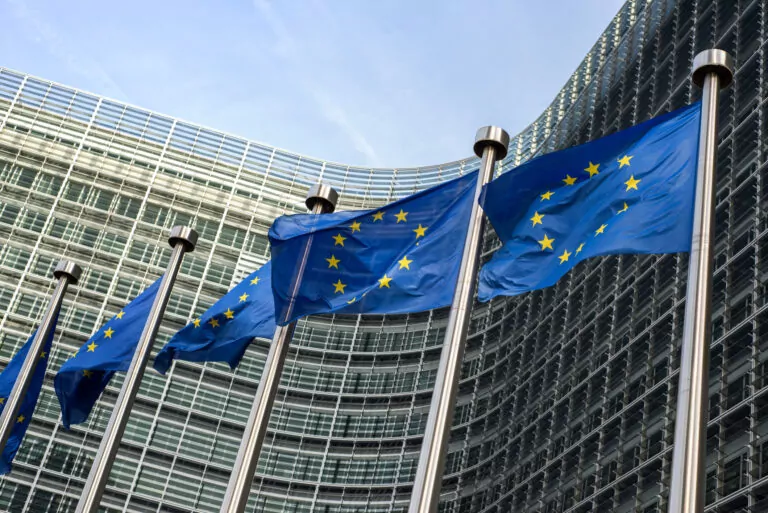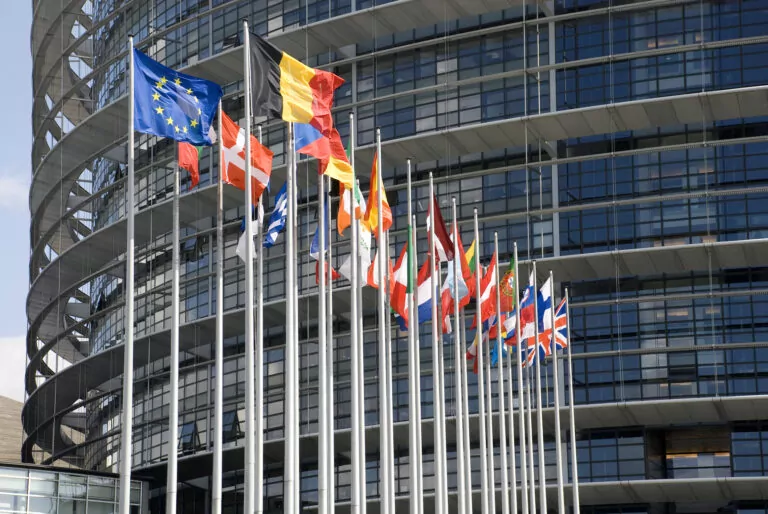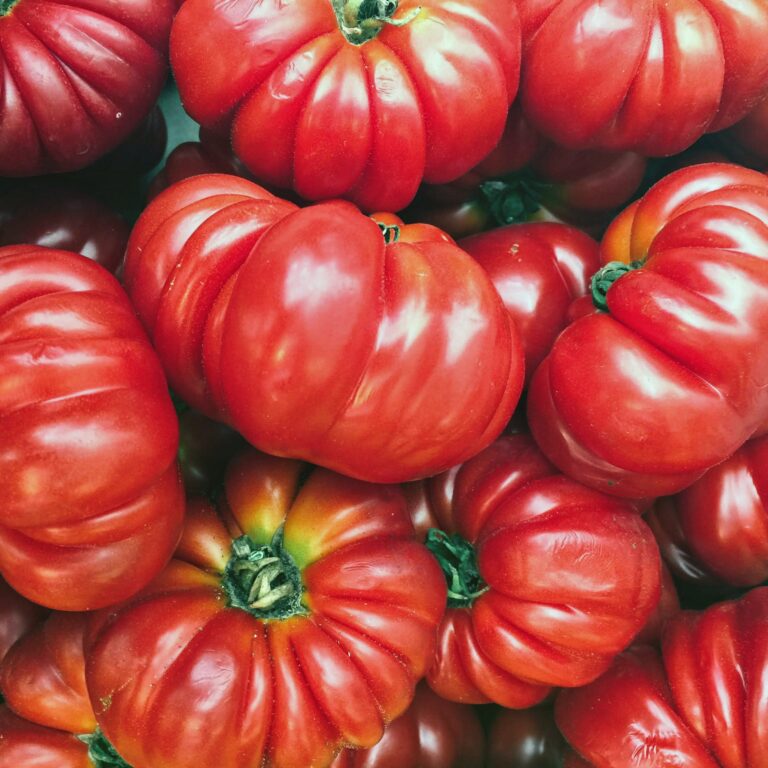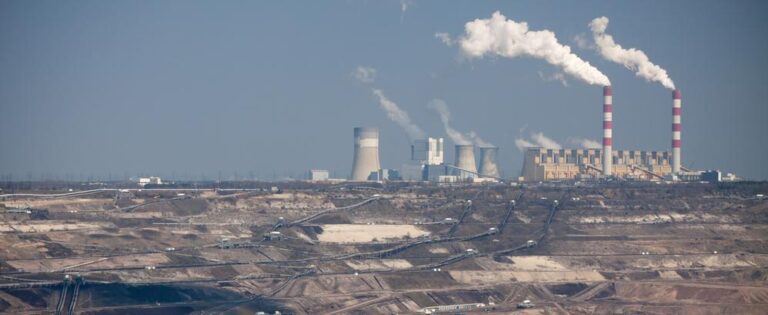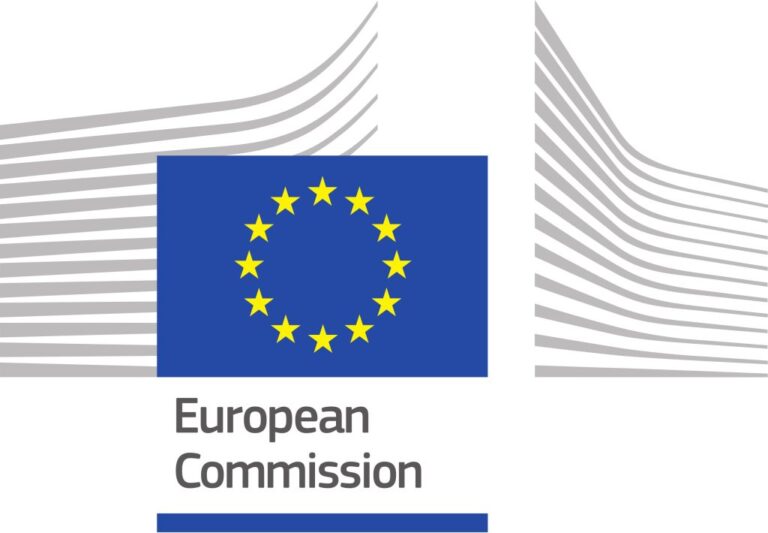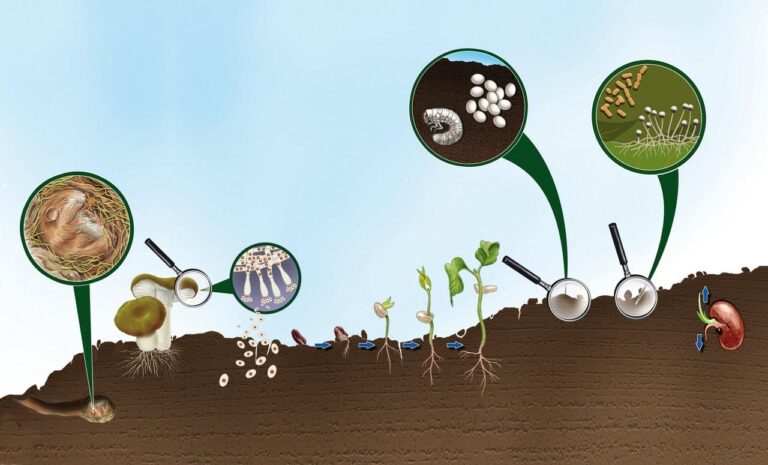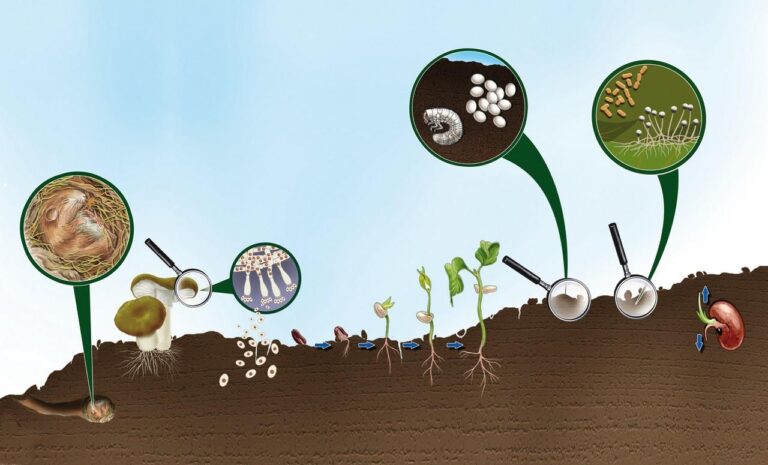Add to favorites:
Share:
Expected Outcome
Activities under this topic will help to progress towards the objectives of the Mission ‘A Soil Deal for Europe', in particular towards its specific objective 2 “Conserve and increase soil organic matter’, 5 ‘Prevent erosion’, 6 ‘Improve soil structure to enhance habitat quality for soil biota and crops’ and 8 ’Increase soil literacy in society across Member States’ (see Mission implementation plan). Activities will also contribute to the implementation of the European Green Deal, in particular nutrient related objectives, the EU Action Plan for the Development of Organic Production, and the environmental objectives of the Common Agricultural Policy.
The successful projects are expected to contribute to all of the following outcomes:
- Land managers, advisors, policymakers, researchers, and citizens have access to up-to-date, consolidated scientific knowledge on the impact of farming practices on soil health - both when applied individually, and critically, when combined as part of a holistic strategy.
- Greater adoption of farming practices by land managers that enhance and restore soil health, supported by robust evidence-based policy measures at both EU and national levels, and aligned with relevant CAP measures.
- Member States' competent authorities recognize specific challenges to improve soil health in their agricultural contexts and obstacles to implementing farming practices, ensuring incentives in their CAP Strategic Plans are aligned accordingly.
Scope
Agricultural land covers nearly half of the EU, with two-thirds dedicated to arable crops. Farming practices, especially in combination, are critical for maintaining soil functions such as structure, nutrient cycling, and water retention — key to food production and ecosystem resilience. There is a need to better understand how different farming practices impact the composition and functions of soil biodiversity, carbon capture and storage, GHG emissions, water infiltration and retention. Additionally, more knowledge is needed to understand how multiple threats and farming practices simultaneously interact and affect soil health (e.g. the interplay between various farming practices and climate change).
The Common Agricultural Policy (CAP) supports sustainable resource management to combat climate change and biodiversity loss[1]. In the 2023-2027 period, actions to improve soil health are expected to cover nearly 47%[2] of EU’s agricultural area, backed by an estimated EUR 50.6 million (measured via Result Indicator 19[3]) and around 1,000 Operational Groups under the EU CAP Network are expected to address soil. CAP also sets baseline standards conditions (GAEC) to prevent soil degradation and protect biodiversity and water.
Despite these measures, there is a need to build on existing CAP measures (GAEC, CAP Eco-schemes and AECM[4] under Pillar II) for stronger and refined incentives for climate- and environment-friendly approaches, such as organic farming, agroecology, and carbon farming. Crucially, there is still a need for robust scientific evidence on the impact of farming practices—individually and in combination—on soil health at both local and EU scales. Quantitative coefficients capturing these impacts across different pedo-climatic conditions and cropping systems over time remain a key research gap.
Proposed activities should:
- Define and map homogeneous soil-use and pedo-climatic regions in EU arable lands, leveraging existing Earth observation datasets and further develop (iMAP) coefficients linking farming practices to soil health indicators (aligning with the Soil Mission Implementation Plan and proposed Directive on Soil Monitoring and Resilience). Work should focus on soil biodiversity, carbon capture and storage, GHG emissions, and water infiltration/retention, considering both CAP-supported and other farming practices.
- Quantify the impact of farming practices on soil health across major pedo-climatic regions and arable crops in the EU. Establish clear links between farming practices, land use (arable, pasture, etc.) and types of crops for each soil use and pedo-climatic region, considering the defining soil and climate properties. Focus should be on identifying synergies and trade-offs among these practices, supported by refined impact estimates under current and potential adoption scenarios at the EU level. Practices should comply with GAEC standards and their integration with other CAP interventions, such as “Eco-Schemes" or/and “Agri-environment-climate measures” under Pillar II, but not exclusively.
- Develop and expand an inventory of farming practices (e.g., organic fertilisation, no-tillage) that support GAECs and Eco-Schemes for soil health, as outlined in national CAP Strategic Plans. Building on the work of the Joint Research Centre[5], the inventory should cover various farming systems and alternative approaches, including organic, agroecological, and regenerative practices.
- Select a set of soil health indicators (SOC, water retention capacity, acidity, conductivity, biodiversity, soil erosion, nutrients, diffuse contamination, etc.) considering the Mission Soil Implementation Plan, the SML and the results produced by the Mission portfolio of projects, to quantify farming practices effects.
- Enhance and expand existing online databases and visualisations by integrating data from previous activities (e.g., pedo-climatic regions, arable lands, cropping systems) to improve user accessibility. Streamline and automate updates with new knowledge, focusing on EU primary scientific literature, by leveraging AI to accelerate meta-analysis and drive continuous improvement.
- Develop a dynamic, potentially automatically updated model to compare, analyse and evaluate scenarios assessing the impacts of individual farming practices (e.g., conventional tillage vs. no-tillage, organic amendment vs. mineral fertilisation, etc.) as well as integrated farming strategies (e.g., conservation, organic, agroecology, regenerative).
- Identify and analyse the limitations of map, indicators, model, measurements, and results obtained. Produce a gap analysis to address remaining soil health challenges in Member States, considering what is proposed in national CAP Strategic Plans, and which future R&I could fill.
Proposals should demonstrate a route towards open access, longevity, sustainability and interoperability of knowledge and outputs through close collaboration with the European Union Soil Observatory (EUSO) and SoilWise. Particular efforts should be made to ensure that the data produced in the context of this topic is FAIR (Findable, Accessible, Interoperable and Reusable).
Proposals are encouraged to leverage, where relevant, the data, expertise and services provided by European research infrastructures[6] and results from prior research projects, such as the EJP Soil data repositories[7]. The analysis should build on and align with relevant efforts undertaken by the European Evaluation Helpdesk and the JRC within the frame of the iMAP project. Furthermore, proposals should include consultation with national agricultural organisations and private companies to ensure diverse perspectives and expertise are integrated into the analysis.
Proposals should allocate dedicated tasks and adequate resources for coordination and joint activities with other relevant projects and initiatives funded under the Mission ‘A Soil Deal for Europe.’ This includes active engagement with relevant cluster activities, particularly with projects funded under the Horizon Europe Partnership on Agroecology, and collaboration with the JRC to ensure alignment and synergies.
[1] See Sustainable agricultural practices and methods - European Commission
[2] COM(2023) 707 final, see EUR-Lex - 52023DC0707 - EN - EUR-Lex
[3] RI.19 - 'UAA under supported commitments favourable to soil management to improve soil quality and biota’
[4] Agri-environment-climate Measures
[6] The catalogue of European Strategy Forum on Research Infrastructures (ESFRI) research infrastructures portfolio can be browsed from ESFRI website https://ri-portfolio.esfri.eu/
[7] See Knowledge Sharing Platform
Partner Requests
Explore Real Collaboration Opportunities
🔍 As a logged-in member, you now have exclusive access to all active Partner Requests for this Funding Call.
See who’s looking for collaborators, explore exciting project ideas, and discover how others are planning to make an impact.
💡 Use these insights to get inspired—or take the next step and start a request of your own (3 entries for free).
Log in or registrate here for free.
You must be logged in to submit or manage a partner request.
Ask our experts about this call
Connect with the Listing Owner!
💬 Please log in now to send a direct message to our experts and ask your questions. Not a member yet? Sign up for free and start connecting today!
Related Funding and Finance Opportunities
Unlock Exclusive Funding Opportunities!
🔑 Get instant access to tailored funding opportunities that perfectly match your needs. This powerful feature is exclusively available to our premium members—helping you save time, stay ahead of the competition, and secure the right funding faster.
Upgrade to Premium now and never miss an important opportunity again! Already a premium member? Log in here to explore your matches.
Related Innovation Offers
Related Knowledgebase Resources
Discover More with Premium: Related Knowledge Resources
🔒 You’re missing out on expert-curated knowledge specifically matched to this topic. As a Premium member, you gain exclusive access to in-depth articles, guides, and insights that help you make smarter decisions, faster.
Whether you’re preparing a funding proposal, researching a new market, or just need reliable information—our Premium knowledge matches save you hours of research and point you directly to what matters.
Upgrade to Premium now and instantly unlock relevant knowledge tailored to your needs! Already a member? Log in here to view your personalized content.
Access Restricted
This funding opportunity is only fully available to premium members.


